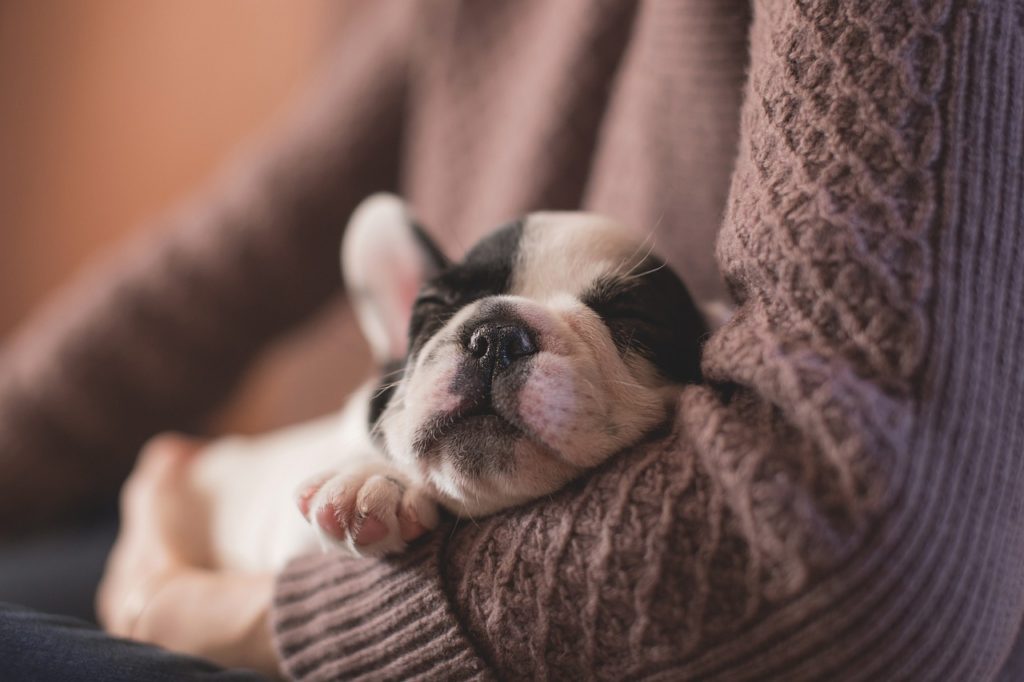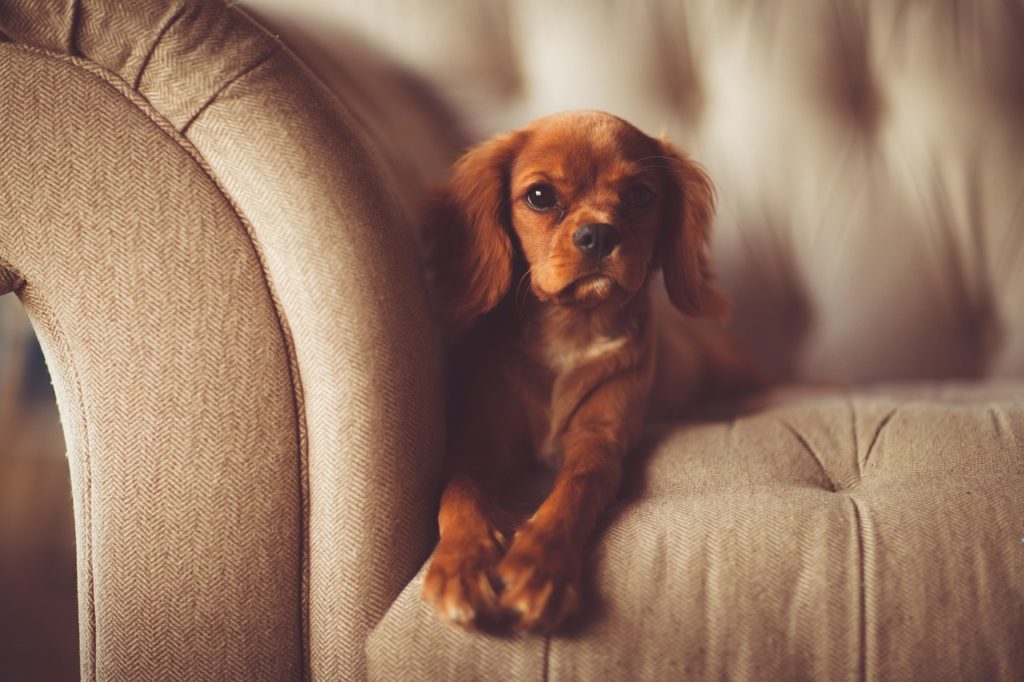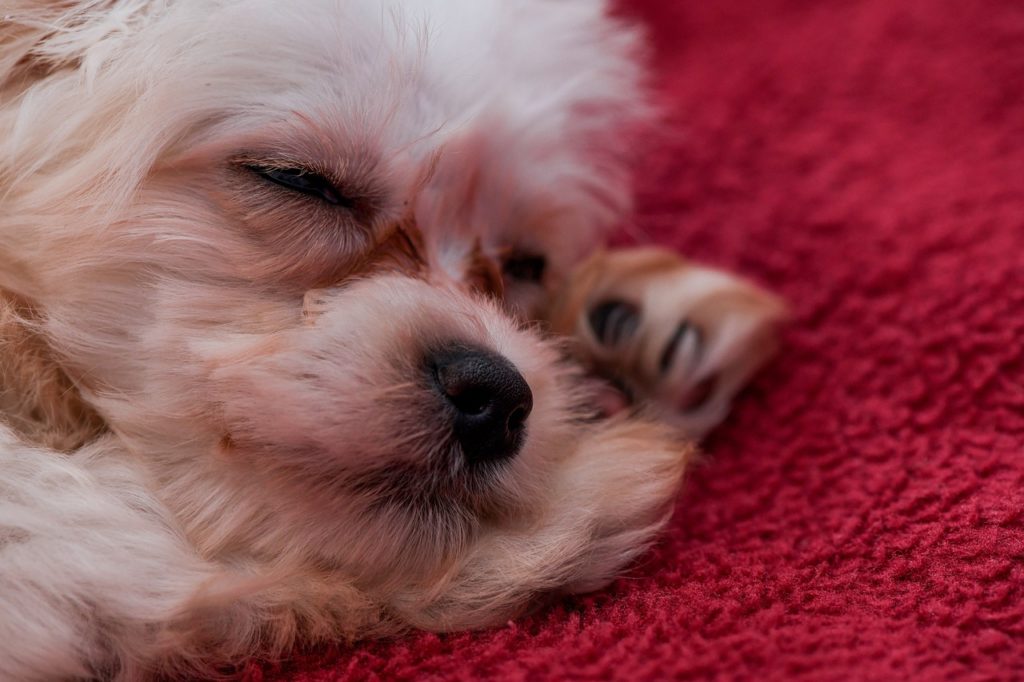
Sweet Dreams: A Guide to Easy Crate Training A Puppy at Night
Welcoming a new puppy into your home is an exciting and heartwarming experience.
However, the initial nights with a furry friend can be challenging, especially when it comes to managing their sleep routine.
Crate training is a valuable tool that not only helps in establishing a safe and comfortable space for your puppy but also aids in creating a positive nighttime routine for both you and your new companion.
Understanding Crate Training
Crate training a puppy at night is a method that utilizes a designated crate or kennel as a secure and cozy space for your puppy.
When done right, it becomes a haven for them, akin to a den in the wild.
Not only does it provide a sense of security, but it also helps in preventing destructive behaviors and facilitates housetraining.
Getting Started:
- Choose the Right Crate: Select a crate that is appropriately sized for your puppy. It should be large enough for them to stand, turn around, and lie down comfortably. However, avoid choosing a crate that is too spacious, as this may encourage your puppy to use one end as a bathroom.
- Introduce the Crate Gradually: Allow your puppy to explore the crate at their own pace. Place treats, toys, or a soft blanket inside to make it appealing. Leave the crate door open initially, so your puppy can come and go freely.
- Positive Association: Associate the crate with positive experiences by feeding your puppy their meals near or inside the crate. This helps create a positive association, making the crate a place of comfort rather than confinement.

Nighttime Crate Training
- Establish a Routine: Consistency is key when crate training at night. Create a bedtime routine that includes a final bathroom break, some playtime, and then settling your puppy into their crate. This helps signal that it’s time for sleep.
- Comfort Items: Place comfortable bedding, a few toys, and a worn piece of your clothing in the crate. Familiar scents can be reassuring for your puppy and make them feel more at ease.
- Nighttime Potty Breaks: Puppies have smaller bladders, so they may need to go out during the night. Set an alarm to wake up and take your puppy outside for a quick bathroom break. Be calm and low-key to avoid stimulating them too much.
- Ignore Whining: It’s normal for puppies to whine or cry when first introduced to crate training. While it’s essential to address their needs, avoid reinforcing whining by ignoring it when you know they don’t need to go out. This teaches them to self-soothe and settle down.
- Gradual Alone Time: Start with short periods of crate time during the day, gradually increasing the duration. This helps your puppy get used to being alone in the crate and reduces anxiety at night.

Conclusion of Crate Training a Puppy at Night
Crate training at night is a valuable skill that contributes to a well-adjusted and happy puppy.
With patience, consistency, and positive reinforcement, you can create a nighttime routine that ensures both you and your furry friend get a good night’s sleep.
Remember, every puppy is unique, so be flexible in your approach and tailor it to your puppy’s specific needs for crate training a puppy at night.
Sweet dreams await both you and your adorable new companion!





